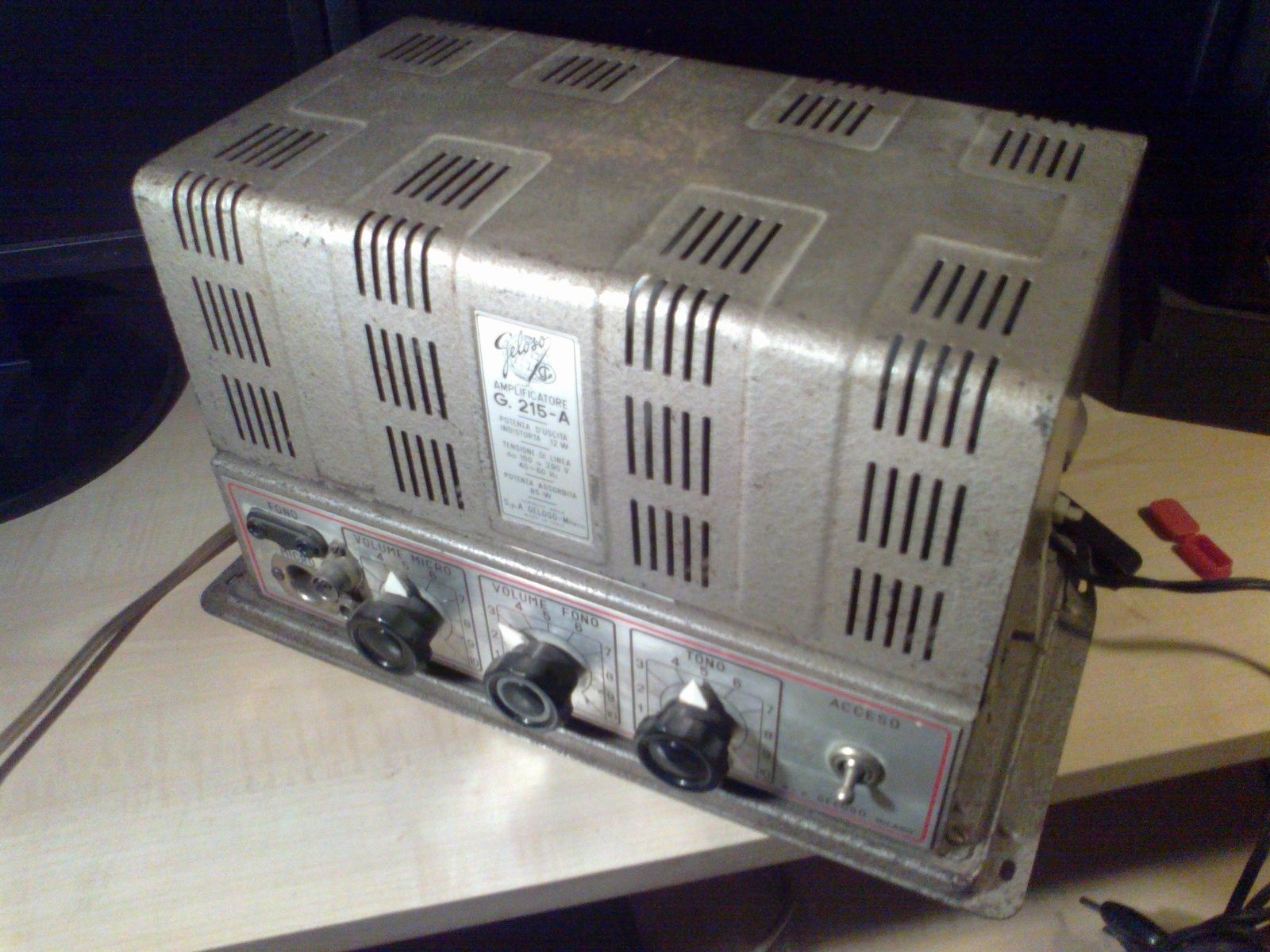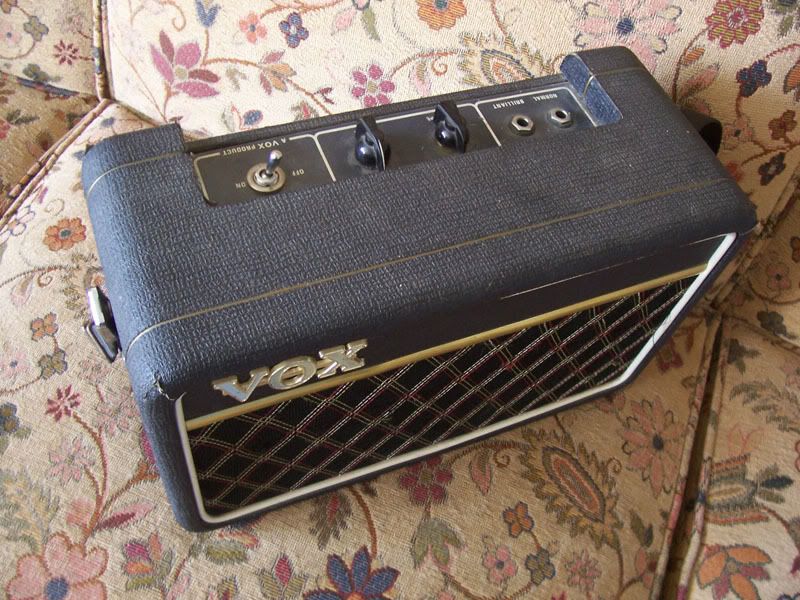The schematic posted above does not show the power supply or transformer, so it does not help on that.
*Some* marshalls had voltage selectors, some had not; so plan B is to look at the back panel and see whati it shows.
If not clear, take a good gut picture showing power socket wires, fuse holder, switch, and transformer wires, we might see something.
Not sure what you call "220V American power", usual mains voltage available at home outlets is 120V ; although 240V are often available "inside the wall" they are only connected to special sockets for high power appliances, such as large air conditioners, large washing machines, some ovens, etc.
*Some* marshalls had voltage selectors, some had not; so plan B is to look at the back panel and see whati it shows.
If not clear, take a good gut picture showing power socket wires, fuse holder, switch, and transformer wires, we might see something.
Not sure what you call "220V American power", usual mains voltage available at home outlets is 120V ; although 240V are often available "inside the wall" they are only connected to special sockets for high power appliances, such as large air conditioners, large washing machines, some ovens, etc.



 ) and when they came for repair they not only distorted a lot (that was almost acceptable) but chopped audio to the point of being fully unusable.
) and when they came for repair they not only distorted a lot (that was almost acceptable) but chopped audio to the point of being fully unusable. , joecool is an early fan and always uses his :dbtu:
, joecool is an early fan and always uses his :dbtu:






